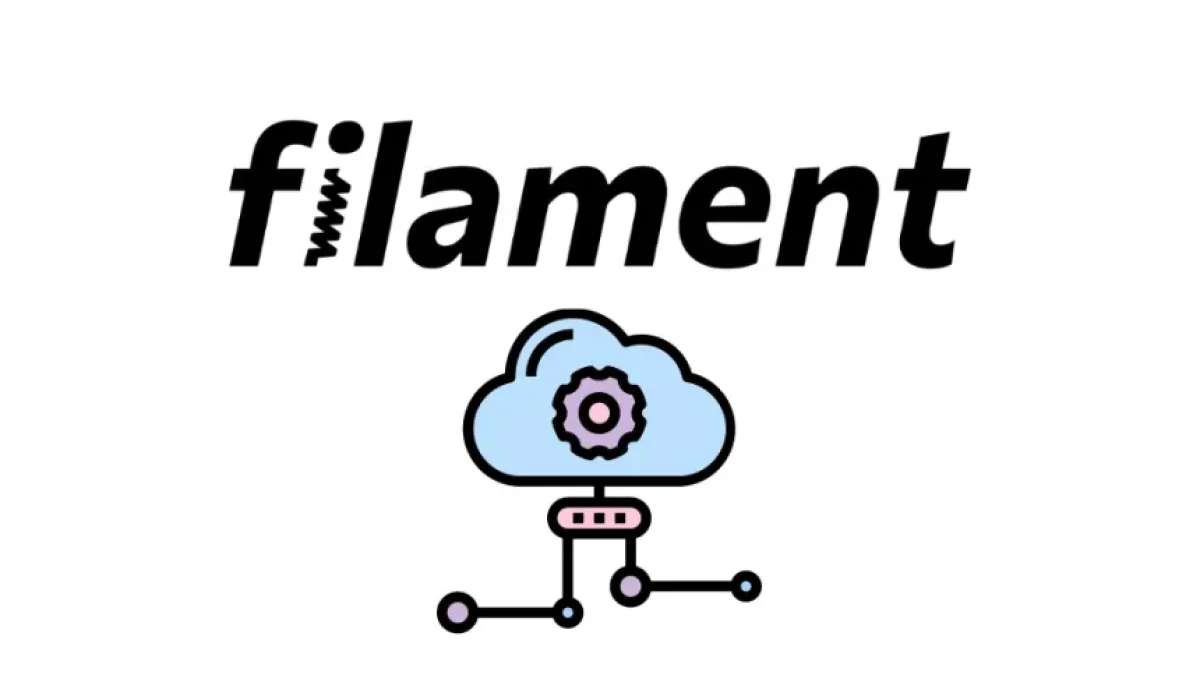Create multi-tenant Laravel applications effectively.


Currently, the development of SaaS (Software as a Service) applications has gained great popularity. One of the most efficient architectures for building these applications is the multi-tenant approach. This strategy allows multiple users to utilize the same application while being isolated from each other. In this article, we will present a summary of how to effectively implement multi-tenant Laravel applications.
What is a multi-tenant application?
A multi-tenant application is one that allows several clients (or "tenants") to use the same codebase and infrastructure. Each client can have their own segregated workspace, ensuring that data and configurations are private between them. This model not only saves resources but also simplifies maintenance and updates.
Why choose Laravel for multi-tenant applications
Laravel has become one of the most popular PHP frameworks due to its simplicity and robustness. It provides integrated tools that facilitate the construction of scalable and maintainable applications. Additionally, its active community offers numerous resources and packages that help implement multi-tenant solutions effectively.
Strategies for implementing a multi-tenant approach in Laravel
1. Database design
One of the most important decisions when creating a multi-tenant application is how to structure the database. There are two main approaches:
- Shared database: All tenants use the same database, but their data is differentiated by a unique identifier. This approach is simpler, but careful management is required to avoid data leaks.
- Database per tenant: Each tenant has its own database. This method provides greater isolation and security, although it may increase complexity when managing multiple databases.
2. Authentication middleware
Security is a crucial aspect of multi-tenant applications. Therefore, it is advisable to implement middleware to manage user authentication and access. This ensures that each user can only access their own information and resources.
3. Dynamic routes and controllers
To handle multiple tenants, it is necessary to define a dynamic routing system in Laravel. This can be achieved using URL patterns that include the tenant identifier. By implementing this, it is possible to redirect requests to the appropriate controllers depending on which tenant is making the call.
4. Environment configuration
Each tenant may have specific configurations that need to be considered in the application. Laravel allows managing env configurations through environment files. This way, configuration variations can be established for each client without complicating the overall logic of the application.
Read also
5. Testing and monitoring
The importance of conducting thorough testing when implementing a multi-tenant architecture should not be overlooked. Ensuring that data isolation works correctly and that resources are distributed efficiently is fundamental to the project's success. Additionally, implementing monitoring tools can help maintain optimal performance and troubleshoot issues as they arise.
Conclusion
Building multi-tenant applications in Laravel offers an effective way to manage resources and provide scalable solutions to various clients. By following the aforementioned strategies and making use of the tools that Laravel provides, it is possible to create robust applications that adapt to the needs of an ever-evolving market.
To continue learning about development in Laravel and other related topics, I invite you to read more news on my blog.



















